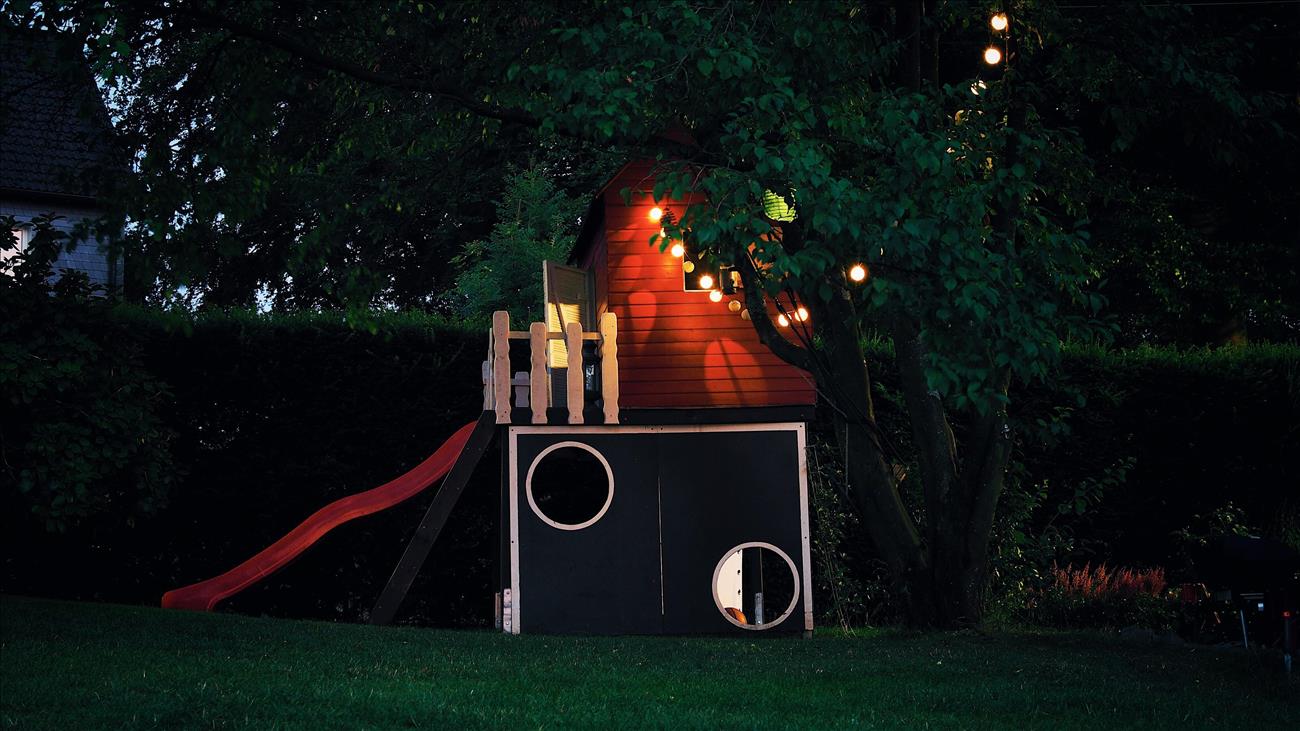Adding a shed to your backyard can be a practical and rewarding project for homeowners. Whether you need extra storage space, a dedicated workshop, or want to enhance the aesthetics of your outdoor area, a wood shed can serve multiple purposes. Before embarking on this project, making several vital decisions is crucial to ensure the shed aligns with your needs and complements your property. As the old saying goes, measuring twice and cutting once is better. In this case, it is better to make these decisions ahead of time so you get them right the first time.
Shed Size and Design
The first decision is determining the size and design of your shed. You should decide based on intended use, available space and local zoning regulations. Measure the area where you plan to install the shed and consider how you want to use it. A larger shed can accommodate more storage or provide space for a workshop, while a smaller one may be perfect for essential garden tools and equipment. Additionally, think about the shed's design. Consider the architectural style of your home and the overall aesthetic you want for your backyard. The shed's appearance should harmonize with your existing landscape and structures.
Building Materials
Selecting the correct type of wood for outdoor sheds is crucial to ensure durability, resistance to the elements, and overall longevity. Several wood species are popular for outdoor shed construction due to their natural properties that make them well-suited for outdoor use. Here are some of the most popular woods for building outdoor sheds:
• Cedar: Cedar is a top choice for outdoor sheds because of its natural resistance to decay, insects, and rot. It has a pleasant aroma and is known for its durability. Cedar sheds require minimal maintenance and can withstand harsh weather conditions, making them an excellent choice for outdoor storage.
• Redwood: Redwood is another rot-resistant wood that performs exceptionally well outdoors. It has a beautiful natural color and grain pattern, making it an attractive choice for sheds. Like cedar, redwood sheds require minimal maintenance and can last many years.
• Treated Pine: Pressure-treated pine is a more budget-friendly option for outdoor shed construction. Manufacturers infuse it with chemicals that protect against decay and insects. Treated pine sheds can last for a long time when properly maintained, but they may require periodic staining or sealing.
• Fir: Douglas fir is popular for outdoor sheds because of its strength and affordability. While not naturally resistant to decay, it can withstand outdoor conditions well when adequately treated and maintained. I
• Tropical Hardwoods: Exotic hardwoods like teak and mahogany are incredibly durable and naturally resistant to decay and insects. However, they are often more expensive and may not be as readily available as other options.
• Composite Materials: In some cases, homeowners opt for composite materials, engineered wood products made from a blend of wood fibers and synthetic resins. These materials are highly durable, resistant to moisture, and require minimal maintenance.
When selecting wood for an outdoor shed, it's essential to consider your budget, the local climate and weather conditions, and your willingness to perform regular maintenance. Additionally, proper construction techniques and applying a quality finish or sealant can significantly extend the lifespan of your outdoor shed, regardless of the wood species used.
Foundation and Location
Where you place your wood shed, and the type of foundation it rests on are critical decisions. A level and well-drained site is essential for the shed's stability and longevity. You can choose from various foundation options, including concrete slabs, gravel pads or pressure-treated wood skids.
Consider the shed's proximity to your house and other structures. Ensure it complies with local building codes and setbacks from property lines. Furthermore, proper placement ensures convenience and safety.
Customization and Accessories
Customizing your shed to suit your specific needs is another vital decision. Think about the interior layout, shelving, and storage options. Consider including windows for natural light or vents for ventilation. Some homeowners also add lofts, workbenches, or electricity to create a functional workspace within the shed. Choose accessories like locks, handles, and roofing materials carefully to enhance functionality and security. Your shed should meet your unique requirements, whether for garden tools, outdoor equipment, or a creative workspace.
Budget and Timeline
Finally, establishing a budget and timeline for your shed project is crucial. Determine how much you are willing to invest in materials, labor, and any additional features. Setting a timeline is equally essential. Decide when you want the shed finished. Consider any permits or inspections required in your area, as these may impact your project's timeline.
Conclusion
Adding a shed to your backyard can significantly enhance your outdoor space's functionality and aesthetics. However, making informed decisions about the shed's size, design, material, foundation, customization, budget, and timeline is essential. By carefully considering these factors, you can ensure that your shed meets your needs and complements your property, adding long-term value to your home. So, take your time, plan thoughtfully, and enjoy the benefits of your new backyard shed for years to come.
Are You a Professional?
Requests for your services are coming in left and right. Let’s connect and grow your business, together.


